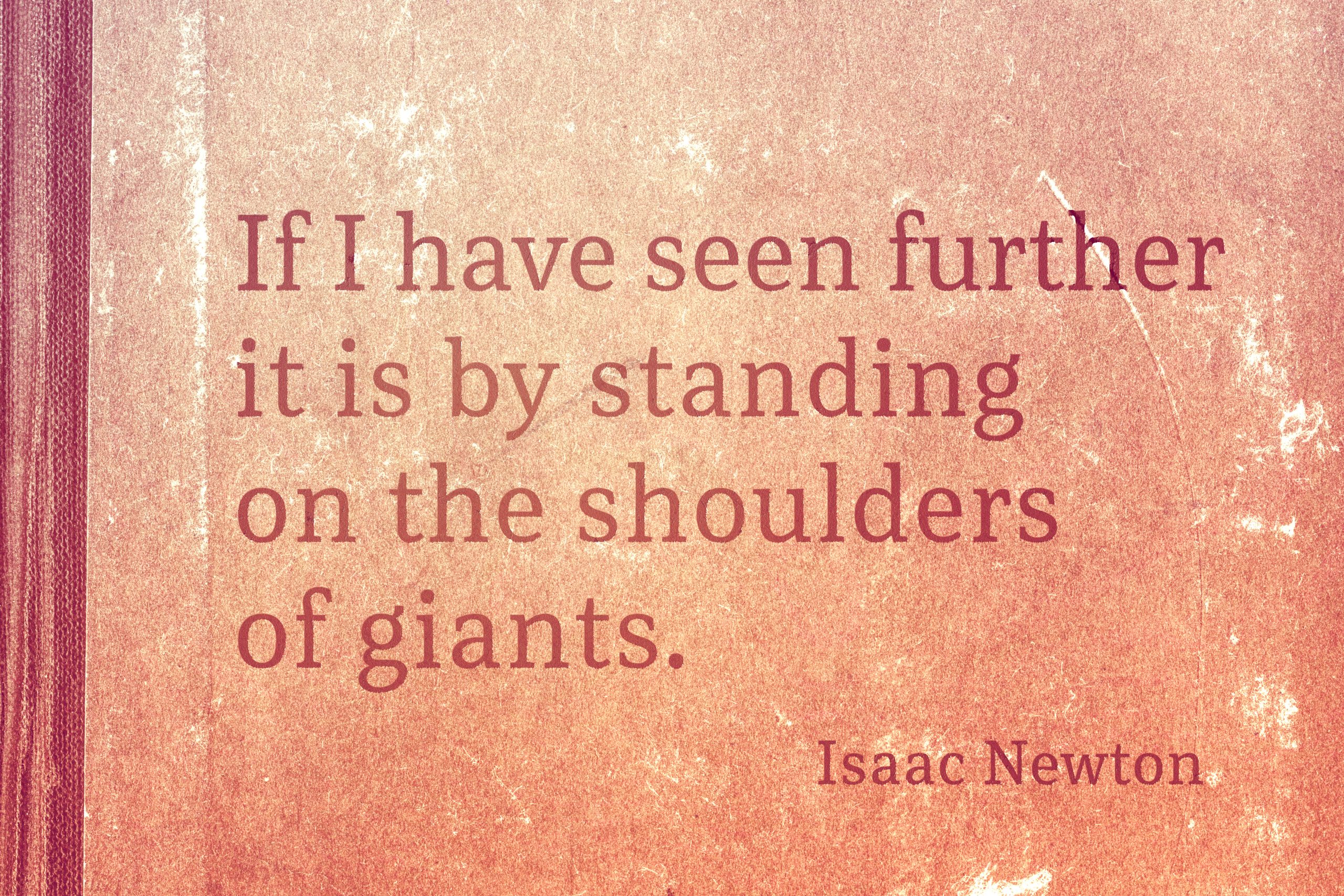As our work in the ‘Leader as Coach’ field continues to grow, I reflect on the evolution of the Laid Bare ‘Leader as Coach’ Framework and the thinking behind it…
Over thirty years ago, in my early career in hospitality, I was set a challenge – to help change the leadership culture in a growing organisation from ‘command and control’ to a ‘coaching culture’.
In a bid to help me understand better what was being asked of me, I was enrolled on a coach development programme with Performance Consultants (Sir John Whitmore & co) where I learnt – amongst many things – what it meant to be a ‘coach’.
I heard repeatedly on the programme that “Building awareness and responsibility is the essence of good coaching.” – Sir John Whitmore’s catch phrase.
I remembered hearing something similar back in my university days, from another Sir John – Sir John Harvey Jones (renowned business consultant from the 1990’s), regarding his approach to consultancy work:
When I solve people’s problems, I feel helpful and clever, but there are two things wrong here:
- It doesn’t help people learn and take responsibility
- I’ve solved today’s problems with yesterday’s thinking
This struck me as so insightful, at a time when high value was placed on being the expert and having all the answers – here was someone prepared to put their ego to one side in service of leadership and organisational growth.
I had made a connection to the phrase ‘coaching culture’ and had many questions – how do we support leaders to tap into the essence of coaching in every conversation they have? – how do we raise awareness in all our employees, not just our leaders, so that every individual is taking responsibility? – how do we encourage leaders to learn from employees and invite more of today’s thinking?
Some of the earlier giants that provided answers to my questions and influenced my thinking were:
- Stephen Covey and his 7 habits work, in particular the concept of ‘seeking to understand before being understood.’
- Ken Blanchard and his ‘Situational Leadership Model’ which I referred to when helping leaders to identify when to direct, support, coach, and mentor.
- Blakey & Day in Challenging Coaching which specifically related Nevitt Sandford’s support and challenge model to coaching within organisations
- Martin Newman on emotional intelligent leaders, ‘The Emotional Capitalist’ which built on the work of Daniel Goleman
- Carol Dweck and her theory on neuroplasticity and work on fixed and growth mindsets and how to shift from one to the other
- Amy Edmonson on the importance of psychological safety as the underpinning for any authentic leadership conversation
I wanted to bring this thinking into my work with leaders and help paint a clearer picture of what ‘good’ looks like, when using a coaching approach in everyday workplace conversations.
The challenge was to create a framework that could help leaders:
- shift from needing to ‘be understood’ to ‘seeking to understand’
- offer a non-judgemental space for honest workplace conversations
- consider different perspectives, whilst challenging others to do the same
- hold themselves and others to account
- become more self-aware, particularly of their impact on others
- give and receive balanced feedback

The framework as it stands currently, has recognised the evolution of ‘coaching’ as a leadership approach and the changes in organisations along the way:
| Observation | Evolution & development of the framework |
| The changing needs of the world of work | Consideration of the wider system and how this impacts workplace conversationse.g., digitisation, systems thinking, matrix management |
| Ongoing developments in the field of Leadership Development | 2. Incorporating content on psychological safety, growth mindsets, and the importance of trust |
| Leader’s perception of, AND resistance to, offering high challenge | 3. Using more explicit examples to enable Leaders to apply a balance of support and challenge |
| Recognition of the importance of self-reflection for Leaders | 4. Building reflective practices into the process using the framework as a benchmark |
| Key learnings from my work as a Coach Mentor using competency models from accrediting bodies | 5. Shaping the skills development to reflect accrediting body standards within the framework |
| The impact of the pandemic on the workplace and the introduction of virtual working | 6. Hybrid working and the changing nature and frequency of workplace conversations e.g., impact on well-being and the need for increased ‘virtual’ support |
This work is constantly evolving, and I continue to stand on the shoulders of giants, and regularly challenge myself on how to keep things simple – my aim is to make the framework easy for leaders to recognise their current approach and help them identify opportunities to practice and develop their coaching approach.
The giants who continue to shape my thinking on the current framework include:
- Brene Brown – trust and vulnerability
- Adam Grant – motivation and meaning
- Judith Glaser – conversational intelligence
- Amanda Blakey – somatic intelligence
- Marcia Reynolds – reflective enquiry
Suzanne Hayes-Jones – Director of The Laid Bare Company

